Buying a used truck can be a smart investment—whether you need it for work, weekend adventures, or daily driving. But before you hit the road, it’s important to understand how insurance for a used truck works. Getting the right coverage can protect your new purchase and save you money in the long run.
Here’s what you need to know before buying auto insurance for a used truck.
1. Understand the Value of Your Used Truck
Insurance premiums are often based on your vehicle’s value. Unlike new trucks, used trucks depreciate, which usually means lower premiums—but it also means you might receive less in a claim payout.
-
Check the truck’s current market value: Use tools like Kelley Blue Book or Edmunds to get an estimate.
-
Consider the truck’s condition and modifications: Custom parts or upgrades can affect insurance costs.
2. Decide What Coverage You Need
There are several types of coverage to consider:
-
Liability Coverage: Covers damage or injuries you cause to others. This is legally required in most states.
-
Collision Coverage: Pays for damage to your truck after an accident, regardless of fault.
-
Comprehensive Coverage: Protects against non-collision events like theft, fire, or weather damage.
-
Uninsured/Underinsured Motorist: Covers you if the other driver is at fault and lacks adequate insurance.
-
Medical Payments or Personal Injury Protection: Covers medical expenses for you and passengers.
If your truck is older and has a low market value, you might decide to skip collision or comprehensive coverage to save money. But if it’s in great condition or has costly modifications, these coverages can be worthwhile.
3. Gather Your Vehicle Information
When shopping for insurance, you’ll need:
-
Truck make, model, and year
-
Vehicle Identification Number (VIN)
-
Current mileage
-
Any modifications or aftermarket parts
-
Safety and anti-theft features installed
Having this info ready will help you get accurate quotes.
4. Consider the Truck’s Usage
How you use your truck impacts your insurance rates:
-
Personal use: Driving to work, errands, and leisure.
-
Business use: Driving for work-related tasks or transporting tools and equipment. This may require additional coverage or a commercial policy.
-
Mileage: Higher annual mileage can increase premiums due to greater risk exposure.
Make sure you disclose your intended use to your insurer to avoid coverage issues.
5. Shop Around and Compare Quotes
Insurance rates can vary widely between companies. Use online tools, work with an insurance broker, or contact insurers directly to compare:
-
Coverage options
-
Premium costs
-
Deductibles
-
Discounts (for safe driving, bundling policies, etc.)
Don’t just go with the cheapest option—consider the insurer’s reputation and customer service as well.
6. Ask About Discounts
Many insurers offer discounts that can lower your premium, including:
-
Good driver discounts
-
Multi-policy discounts (e.g., bundling auto and home insurance)
-
Safety feature discounts
-
Low mileage discounts
-
Military or student discounts
Make sure to ask what discounts you qualify for.
7. Review State Requirements
Every state has minimum insurance requirements, usually including liability coverage. Check your state’s Department of Insurance website to ensure you meet or exceed these minimums.
Final Tips
-
Get coverage before you drive: Don’t take your used truck on the road without insurance in place.
-
Keep your policy updated: If you make modifications or change how you use your truck, update your insurer.
-
Review your policy annually: Your insurance needs may change over time as your truck ages or your driving habits evolve.

